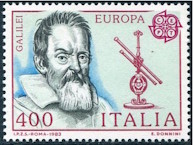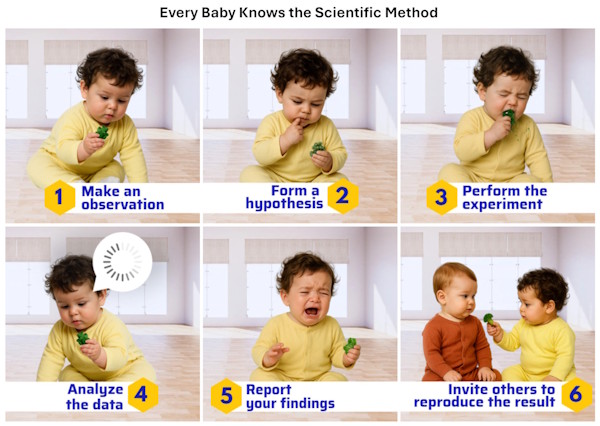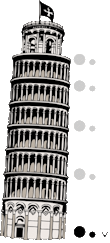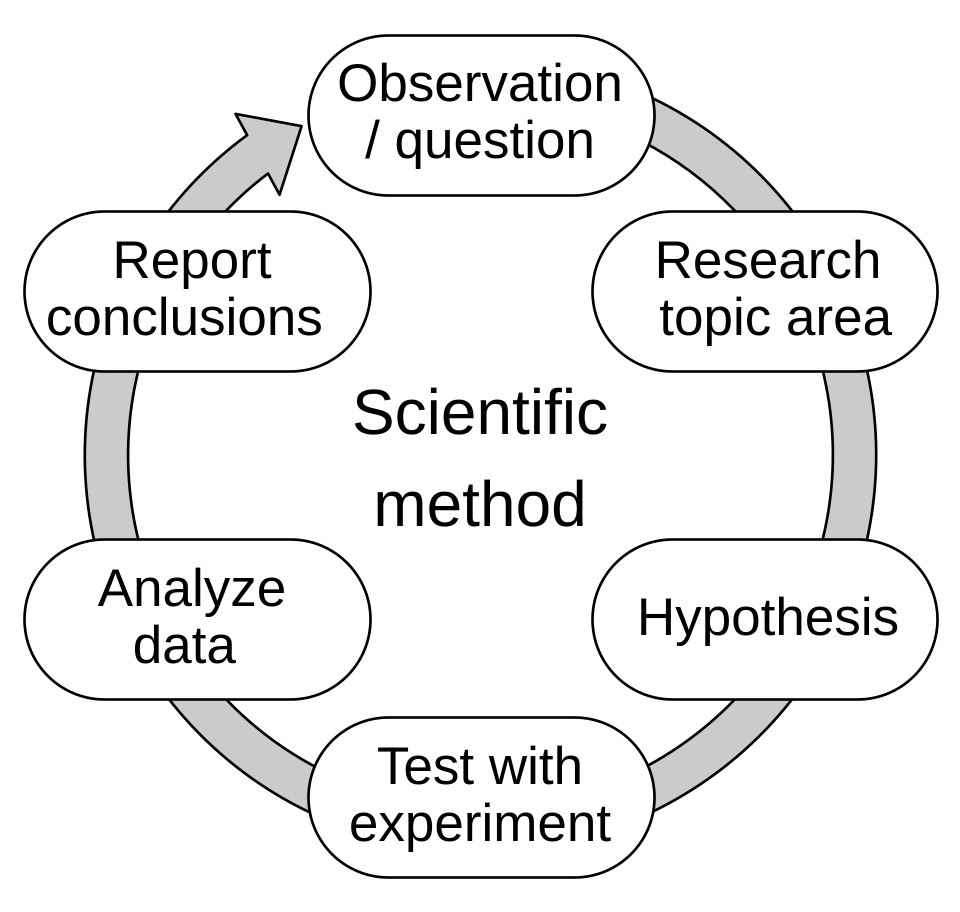For centuries Aristotelian philosophy dominated human thought. Scientific questions were answered through reasoning and debate, rather than through experiments. For example, it was believed that heavy bodies fall faster than light ones, but we have no record from those days of an attempt to study the motion of falling bodies.
It was Galileo Galilei (1564 – 1642) who changed this way of thinking. He believed that nature’s truths must be discovered by observation and testing – not by argument alone. Through simple yet brilliant experiments, Galileo laid the foundation for what we now call the Scientific Method – a systematic way of asking questions, forming hypotheses, and testing them through evidence.
In this activity, you will learn how Galileo’s curiosity and experiments helped overturn long-held beliefs and opened the door to scientific thinking.

Science Involved
How Science Works – Scientific Method
Scientific research is a systematic approach to understanding the world around us. It involves a series of steps that help scientists explore, test, and refine ideas. These stages ensure that knowledge is built on reliable evidence and can be continuously improved as new insights emerge. The main stages of this process include:
-
Exploration and Discovery: Every investigation begins with curiosity. Scientists make keen observations, ask meaningful questions, and explore ideas through initial studies or small experiments. This stage often involves reflection, discussion, and creative thinking to identify what needs to be tested.
-
Forming and Testing Ideas: Scientists develop hypotheses – educated guesses that propose explanations for their observations. These ideas lead to specific, testable predictions. Experiments or investigations are then designed to gather data and evaluate whether the evidence supports or challenges the hypothesis.
-
Analyzing Data and Drawing Conclusions: The collected evidence is carefully analyzed to look for trends, relationships, or unexpected results. Scientists interpret what the data reveal, compare outcomes with predictions, and decide whether the hypothesis holds true or needs revision.
-
Community Analysis and Feedback: Science thrives on collaboration and transparency. Researchers share their results through reports, presentations, or publications. Other scientists review, replicate, and critique the findings, ensuring that conclusions are reliable and based on solid evidence.
-
Ongoing Evaluation: Science is never complete. As new tools, data, and perspectives emerge, scientists reassess and refine existing theories. This openness to change keeps science self-correcting and continuously advancing our understanding of the world.

Activity
Read the following passage and identify the observations, hypothesis and conclusions made by Galileo.
Swinging Lights and Falling Stones
According to the story, which is colorful but probably not true it all started one day when young Galileo was attending a Mass in the Cathedral of Pisa and absent-mindedly watched a candelabrum swinging to and fro after an attendant had pulled it to the side to light the candles. Galileo noticed that although the successive swings became smaller and smaller as the candelabrum came to rest, the time of each swing (oscillation period) remained the same.
Returning home, he decided to check this casual observation by using a stone suspended on a string and measuring the swing period by counting his pulse. Yes, he was right; the period remained almost the same while the swings became shorter and shorter. Being of an inquisitive turn of mind, Galileo started a series of experiments, using stones of different weights and strings of different lengths. These studies led him to an astonishing discovery. Although the swing period depended on the string's length (being longer for longer strings), it was quite independent of the weight of the suspended stone. This observation was definitely contradictory to the accepted dogma that heavy bodies fall faster than light ones. Indeed, the motion of a pendulum is similar to the free fall of a weight deflected from a vertical direction by a restriction imposed by a string, which makes the weight move along an arc of a circle with the center in the suspension point.
If light and heavy objects suspended on strings of equal length and deflected by the same angle take equal time to come down, then they should also take equal time to come down if dropped simultaneously from the same height. It is said that to prove this fact, Galileo climbed the Leaning Tower of Pisa or some other tower and dropped two weights, a light and a heavy one, which hit the ground at the same time, to the great astonishment of his opponents.

Reflect and Discuss
-
Do you agree with Galileo's conclusion that the speed at which an object falls does not depend on its weight?
-
What simple experiment can you do to show that Aristotle's view was wrong?
-
What other discoveries did Galileo make?
References and Further Reading
-
Gamow, George. "How Things Fall". Gravity, Classic and Modern Views, Anchor Books – Doubleday & Company, 1962.
-
Understanding Science, University of California Museum of Paleontology. Accessed October 7, 2025.

